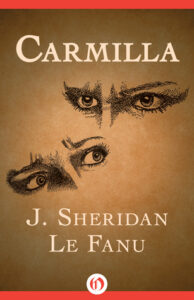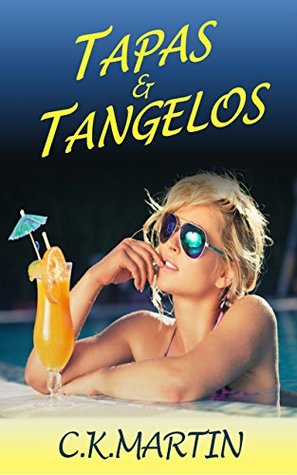A young girl, Laura, becomes haunted by a figure in a dream that preys on her. Ten years later, that girl, Carmilla, shows up at her home and claims to know her from the dream as well. They become fast friends, but Carmilla holds a dark secret: she is a vampire who is slowly draining Laura’s life away. An old family friend, who coincidentally had a daughter who met the same cruel fate, comes to the rescue, and all is well in the end.
In this day and age, there’s nothing groundbreaking about Carmilla. But it’s easy to see how it could have caused such a scandal when it was published. By modern standards, it’s eroticism leaves something to be desired. But in a time when the glimpse of a clavicle would be enough to set anyone off, it certainly tells a provocative story.
Throughout the story, Laura speaks of a mesmerizing attraction to Carmilla mixed with revulsion.
“I was conscious of a love growing into adoration and also of abhorrence.”
These feelings of repulsion mixed with a curious desire are highly indicative of the nature of internalized homophobia. It’s a feeling many queer people are familiar with when they grow up in an anti-queer environment that tells them their very existence is a monstrosity.
Knowing that Carmilla is coded as sapphic, her entrance into the story also conveys a stereotypical belief about queer people. As she sneaks into Laura’s bed at night to bite her when she is a child, it can be interpreted that Carmilla is a predatory pedophile. It would be easy to write this off as a sentiment of the times, but unfortunately, it’s a belief still strongly held to this day by homophobic people.
There is no denying how erotic and sexual in nature Carmilla’s feelings are for Laura. With romantic language like, “But to die as lovers may—to die together, so that they may live together,” and “I have been in love with no one, and never shall…unless it should be with you,” Le Fanu makes certain there is no room for misinterpreting Carmilla’s affections.
Carmilla as a sapphic character is further villainized with signs of a mental health disorder, making it seem as if all queer desires are simply a symptom of unwellness, which in turn makes mental health issues seem evil. Laura describes an incident with Carmilla, “It was the first time, also, I had seen her exhibit anything like a temper. Both passed away like a summer cloud.” The sudden mood swings she undergoes between pleasant and angry could be interpreted by modern standards as bipolar disorder.
Le Fanu creates a fascinating tension between science and superstition. The characters in Carmilla often talk about being learned, understanding the true spread of illness, and pride themselves on their logic. However, faced with the truth of an immortal being who has taken on several names over the centuries (all of which are just anagrams), it’s hard to cope with the idea that perhaps certain superstitions are real.
Overall as a story, it’s a bit underwhelming. There is a great deal of buildup to reveal Carmilla’s true identity only to have it done and over so quickly in the end. As the General arrives to tell his tale of woe to his friends, Laura, and her father, they come to realize Carmilla for the villain she is. And just like that, with barely a fight, she is vanquished, and everyone goes on about their lives. It’s totally anticlimactic.
However, it’s still amazing to see how the legendary vampire and lore surrounding it persists. One of the things that stood out was how all the characters are constantly stating Carmilla’s unnatural beauty and how attracted they feel to it. This is a quality shared by many vampire stories even today. The folklore of the vampire is just as immortal as the being itself.



